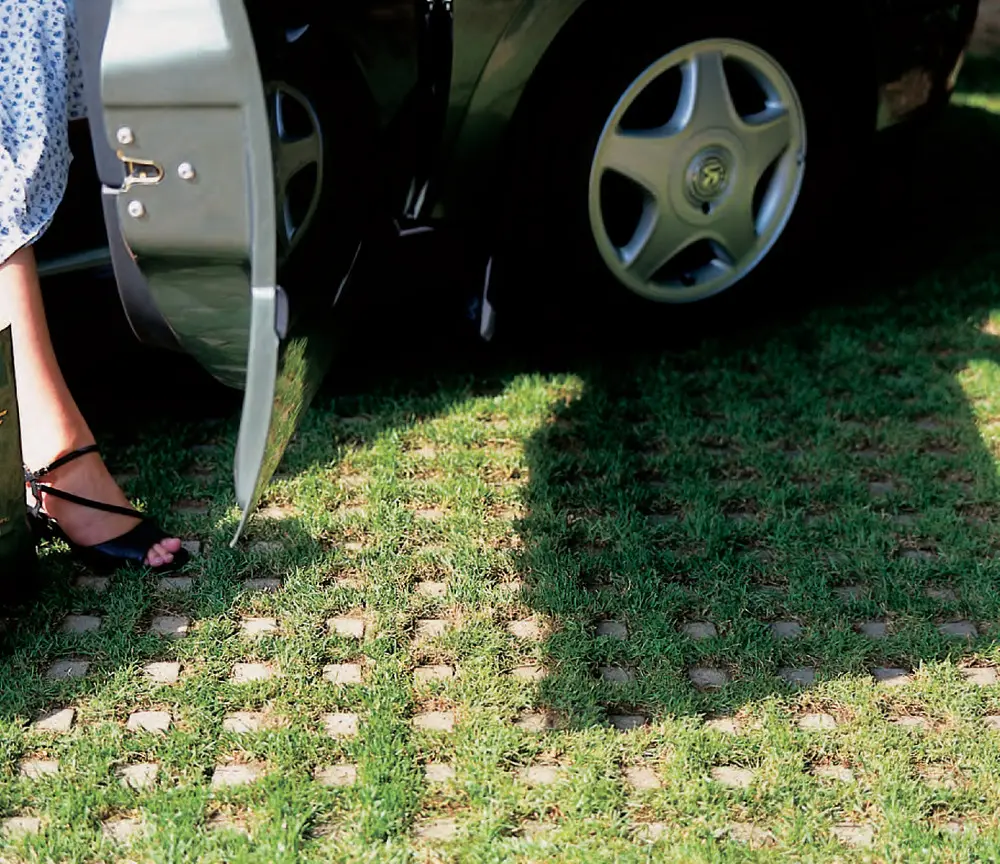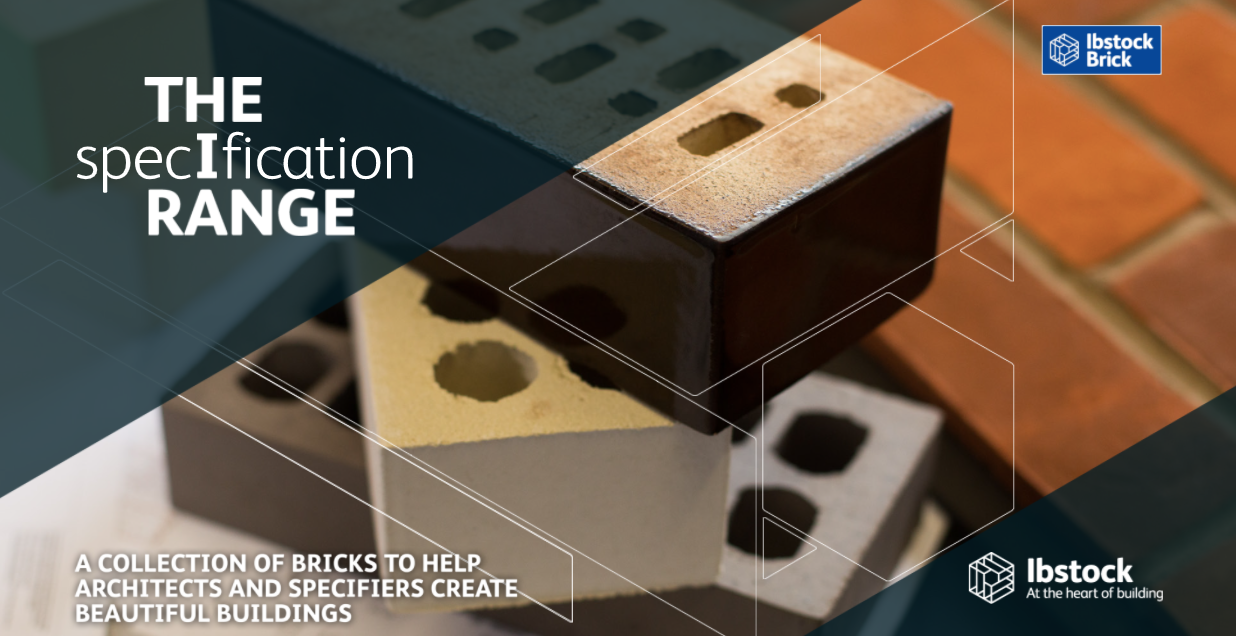01 August 2025
When it comes to installing roof tiles, making sure they are fixed correctly is vital - not just for performance, but for safety too. That is where a fixing specification comes in.
A fixing specification is a document that tells you exactly how your roof tiles should be fixed, in line with BS 5534, the British Standard for roofing. It considers important details like where your site is, the pitch of the roof, the size of the roof, and which tile you’re using.
What is BS 5534?
BS 5534 is the British Standard that sets out how roof tiles in the UK must be fixed to pitched roofs and vertical cladding. It includes specific calculations to work out the minimum number of fixings needed to ensure tiles stay secure in all weather conditions - especially in areas with high wind.
Different areas of the roof
Not all tiles on a roof are fixed the same way. The fixing specification breaks the roof into three areas:
Perimeter Tiles - These are the edge tiles (e.g. at the ridge, eaves, hips, or valleys). BS 5534 says these must always be twice fixed, so they are not calculated in the spec - but we still include them for clarity.
Local Area – This is a band of tiles near any edge or break in the roof. The software calculates how many fixings these tiles need.
General Area – These are the tiles in the middle of the roof. The minimum fixings for these are also calculated by the system.
Types of fixings
There are different types of fixings including, nails, tile clips, verge clips to name a few. Fixing specifications for interlocking (single-lap) tiles incorporate a mix of these to ensure the required fixed integrity of the roof covering at all details and perimeters, to prevent the head of tiles from becoming dislodged from tiling batters and against wind uplift at the tail of the roof tiles.
How the fixing specification works
The fixing specification calculates how many fixings are needed and where. The programme, managed by our trusted partner Swiftest, includes up-to-date wind loading data for different parts of the UK.
Fixing requirements are site-specific and therefore must be calculated for each roof. To generate a fixing specification, simply enter key details such as:
Site location
Roof pitch
Roof dimensions
Roof tile type
Underlay information
Once the data is entered, the system calculates the specific fixing requirements for the different areas of the roof.
Why should you always get a fixing specification & why it matters for safety?
If you install roof tiles without a fixing specification, there is a risk they won’t meet BS 5534 requirements. This could lead to issues with inspections from groups like NHBC and, more importantly, could affect the safety and performance of the roof.
That’s why it’s essential to always request a fixing specification when installing Forticrete roof tiles from Ibstock. It’s the best way to ensure your project meets the required standards and performs as expected for years to come.
Additionally, roofing fixing specifications play a critical role in ensuring the long-term safety and performance of a roof. These specifications not only determine the correct type and method of fixings but also cover essential details such as appropriate batten sizes. By protecting roof tiles against the elements and ensuring compliance with relevant standards, a proper fixing specification helps safeguard the structural integrity of the roof - minimising the risk of failure and enhancing occupant safety over time.
Roof tile clips for mechanical fixings
Ibstock supply Forticrete roof tile clips which provide a reliable, secure fix - mechanically fixing your tiles to the roof structure in full compliance with BS 5534.
Need a fixing specification for your roof?
Use Ibstock’s online
Roofing Fixing Specification tool. Provided that you have the details to hand, it take less than 5 minutes to complete and received the calculated fixing specification for your roof.















